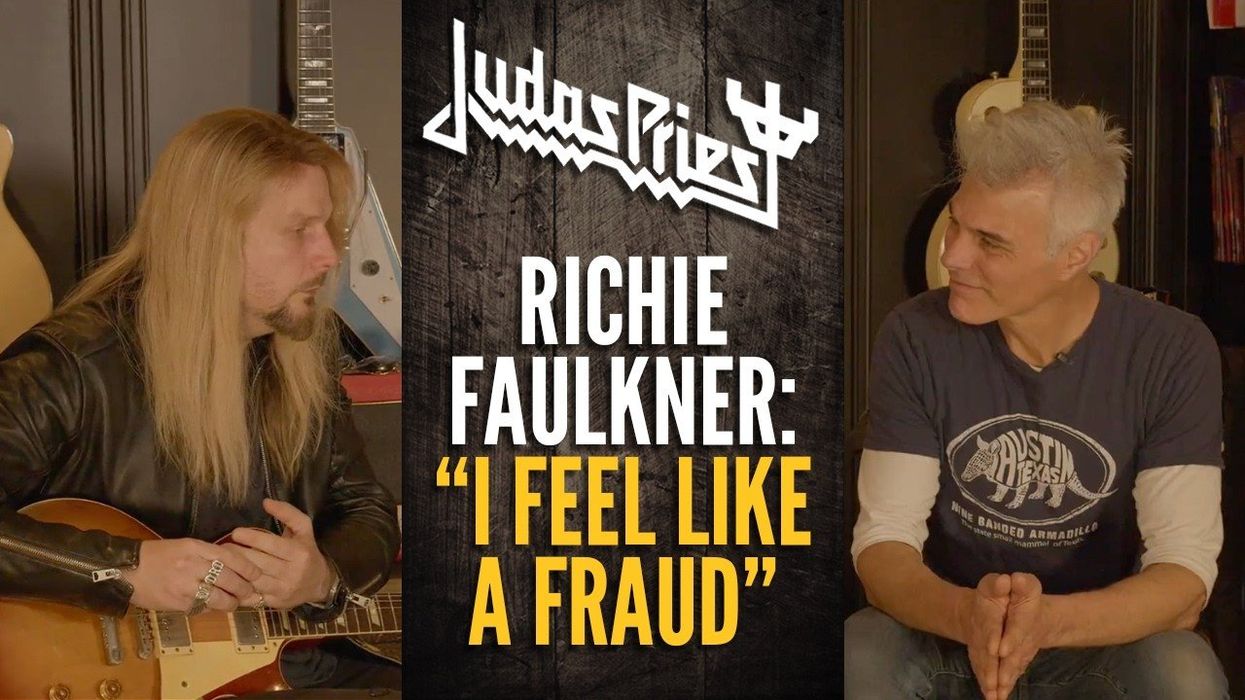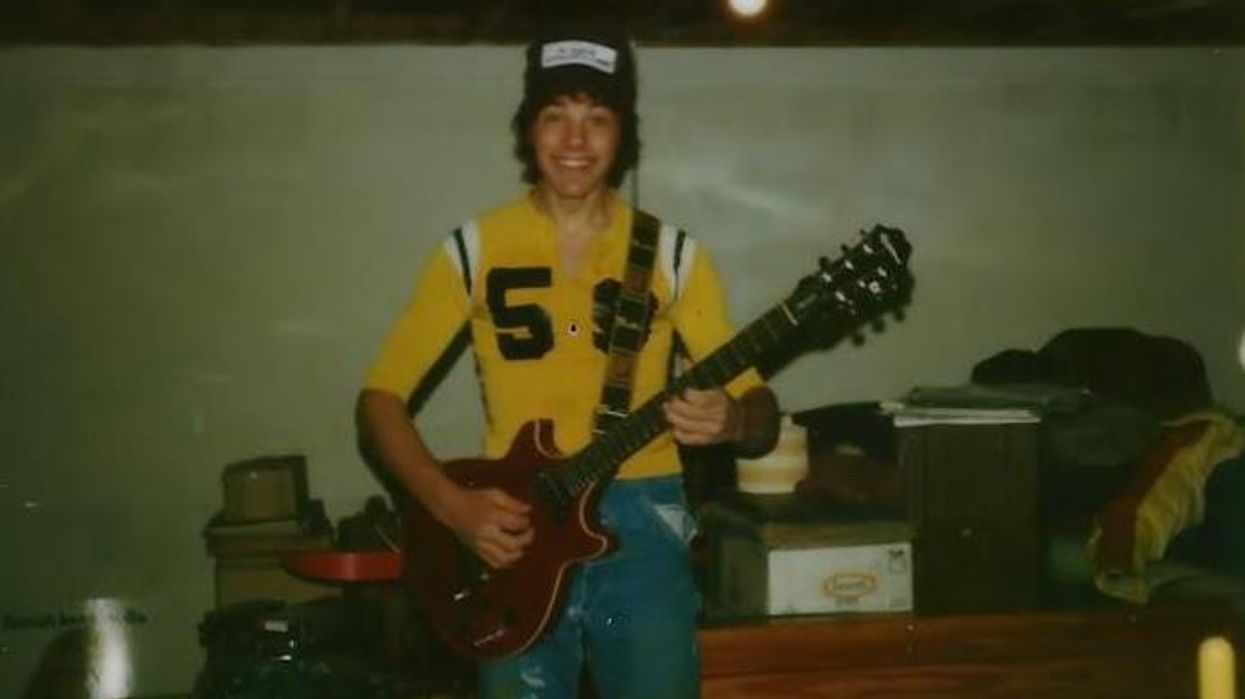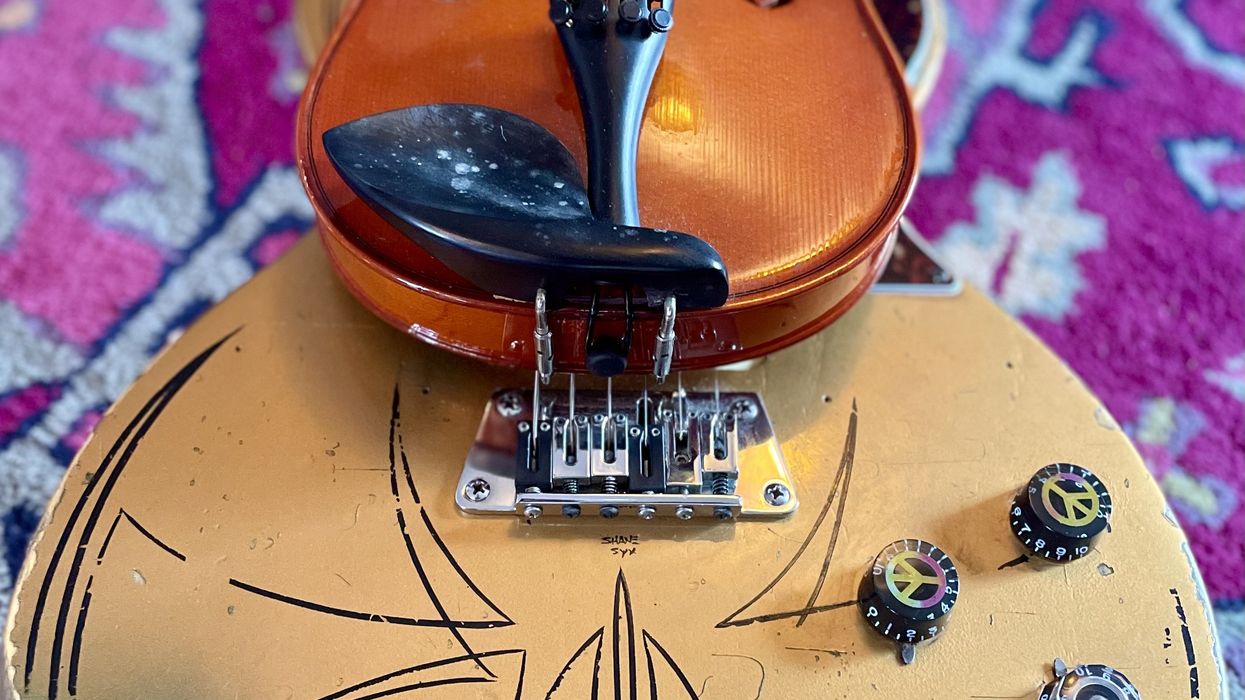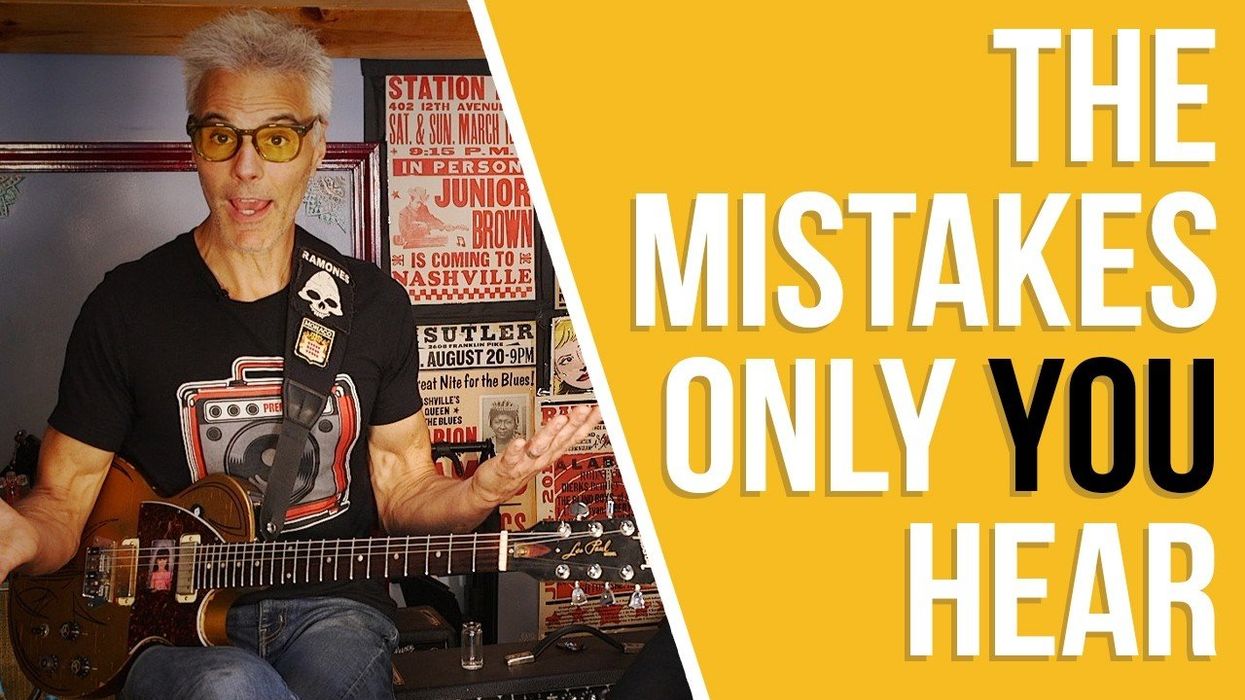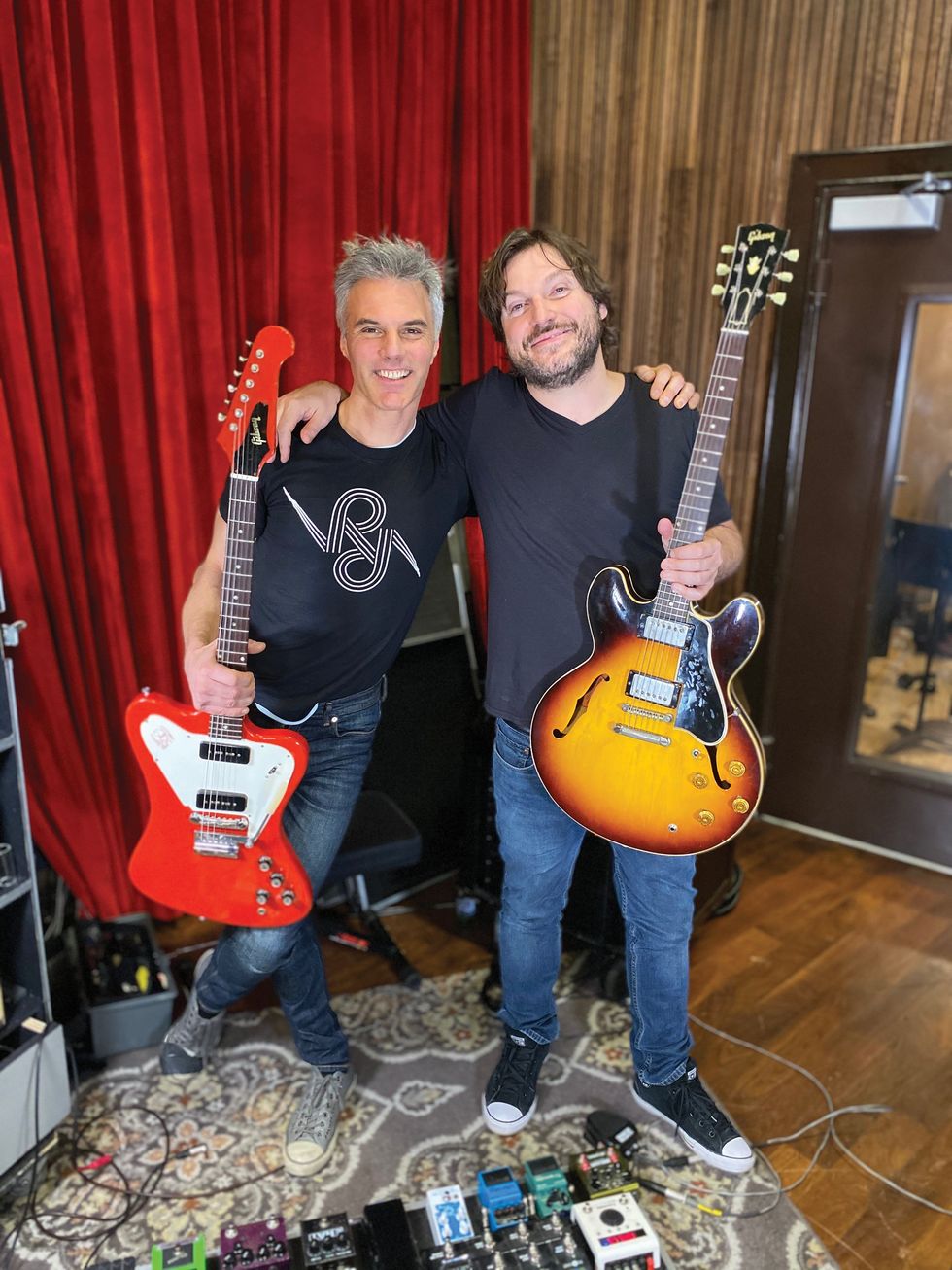This may be the most boring State of the Stomp ever written, okay? If you’re in for the ride, stay on. But if you have anything else you want to read about—the moral villainy of people who think differently about spirituality, art, or culture than you do; the human trafficking of your favorite sportsball teams; amateur poems about paint drying—then godspeed to you and you can come back when Oliver or Joel write, okay? I promise I won’t take offense. In fact, I won’t even know.
I recently had a very interesting lunch and chat with a fellow entrepreneur. His business is designing and fixing software for the government. He’s a very smart guy who’s comfortable with higher-order thinking. When I described our engineering and processes, in contrast to his, I felt like Zoolander and Hansel banging on the computer looking for the files inside.
Since I was in the company of a smarter person, I wanted his take on something. I’ve seen multiple generations of guitar technology declared as “the end of amplifiers and pedals,” from the Scholz Rockman, the A/DA MP-1, the DigiTech GSP2101, the Alesis QuadraVerb GT, the Line 6 POD, the Line 6 Amp Farm, and AmpliTube to our modern Helix, Fractal, and Kemper offerings. Each of these products has been technically remarkable for its time, and many can sound pretty incredible, but here we are in 2018, and my peers and I are still making pedals and amps. How come?
My answer is a matter of ego and personal projection: I just assume the world behaves like I do. I’d attributed it purely to sonics and the difficulty of any brand being everything to everyone. I personally felt multi-effects units fell short for the same reason that the thought of a buffet of pizza, Chinese, Indian, and Mexican food all from the same restaurant gives me a stomachache. One multi-effects might have the best delay ever, but its phaser sounds like your guitar being played through a straw into a fan. Another could have a magical distortion patch married to an EQ that behaves more like an octave divider. By contrast, the beauty of the individual-pedal world is how any builder might create the particular flavor of a thing that thrills you. One flavor of trem makes your world spin. Another company’s delay sounds like they sampled it from your dreams. A fuzz from somewhere else turns you into Bigfoot with a fully automatic nail gun, and so on. This allows you to construct your own tonal tool kit of exactly what you want from whomever you choose.
I was curious why no multi-effects maker had ever established a basic platform and shared programming language to allow different effects makers to create versions of their own products for that platform or device. On my laptop, there might be software from 20 different companies that I can call up for different purposes. I’m sure the makers of most modern emulators could dial up something that mostly captures what I personally like, but why hadn’t anyone created a venue that allows the original designers to make and sell their own official products for that platform, and allow users to mix and match the “official virtual versions” of the stuff we know and love the same way we can with the real deal?
My friend had an enlightened take. He and his team write hundreds of thousands of lines of code for their work. My fingers get tired after several hundred words on the common chiclet keyboard, but I tolerate it because I’m not having to write too often. For his team and their projects, he needed their tools to be something they’d enjoy working on, day in and day out, for long stretches of time. He’d seen his own productivity rise from using keyboards that created a more enjoyable user interface for getting things done. So he supplied them with mechanical keyboards that provided a satisfying physical interface, better ergonomics, tactile feedback in the form of audible clicking and pressure, and durability for professional use. So, his answer? “Your users still use pedals because they’re physically fun to use.”
It cracked me up to hear this. It reminded me of how I’ve evangelized about the Bosch PS31 Drill Driver to my pedal-building friends as the greatest piece of gear I’ve ever owned, and a device that almost every employee of ours has purchased for personal use as well. There’s a physical joy to have something sturdy in our hands that we have to use every day, and I think that could be a big part of why pedals and amps endure. We love the look and feel of knobs, the pressure we feel when turning a potentiometer, and how the different enclosures, colors, and graphics each communicate a different expectation of the sonic flavor they’ll create when we kick them on. So, maybe in the modern digital virtual simulation that we live in for 2018, there’s still room for physical, real-world fun.















